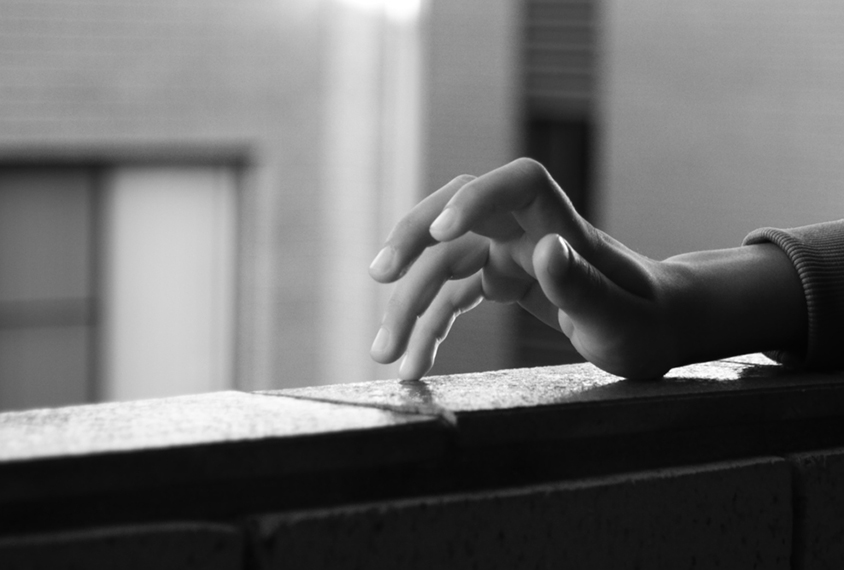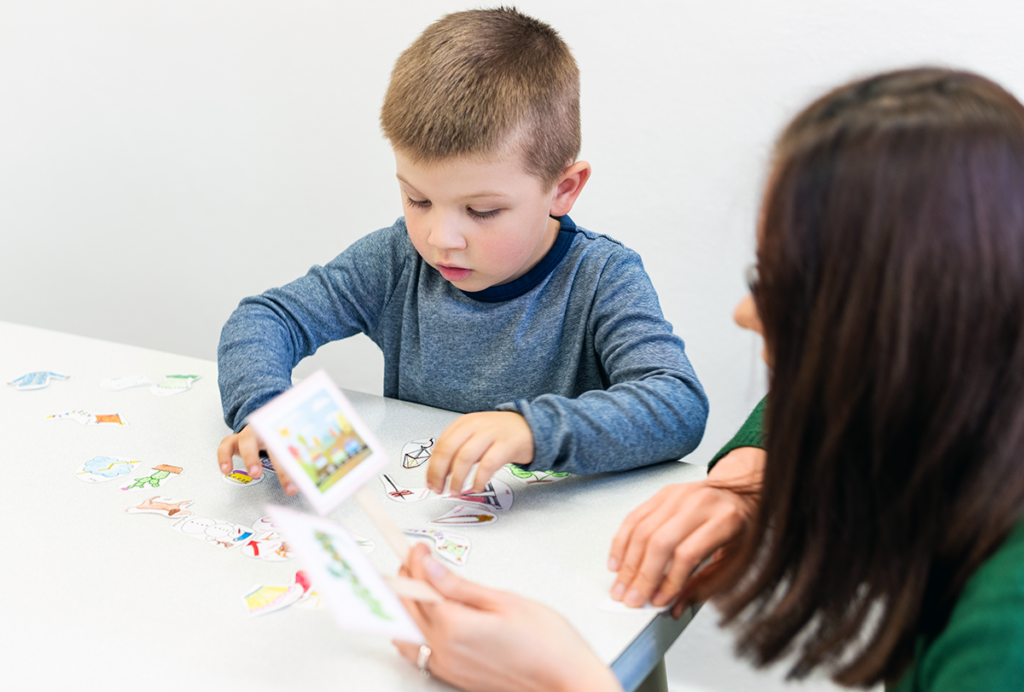
Serkan Ogdum / shutterstock.com
Siblings of children with autism may have trouble with motor tasks
Siblings of children with autism have motor difficulties similar to those in autistic children, but milder.
Autistic people often have motor difficulties, such as unstable posture or an uncoordinated gait. New findings suggest that their siblings also display these traits, but to a lesser degree. Researchers presented the unpublished work today at the 2018 Society for Neuroscience annual meeting in San Diego, California.
This pattern mirrors other findings indicating that siblings of children with autism have subtle versions of autism features, such as social problems and depression.
“The objective of our study was to take a global picture of the neuromotor status of [children with autism] and compare this picture with that of [typically] developing children and with the siblings,” says Arturo Nuara, a neurologist in Giacomo Rizzolatti’s lab at the University of Parma in Italy, who presented the findings.
The researchers gave 27 children with autism, aged 10 years on average, a battery of motor tasks, ranging from standing on one foot to tapping their fingers together. They gave the same set of tasks to 19 of the children’s non-autistic siblings and 24 controls.
The children with autism showed significantly worse motor skills than controls overall, according to a combined score for all the tasks. Their siblings performed better than the autistic children but worse than controls.
“There is a gradient of impairment in which the [autistic] children are in the worst position, the siblings in the middle, and the [controls] show the lower scores,” Nuara says. (The lower a child’s score, the better her performance.)
On tasks that assess timed movements, such as quickly tapping each finger to the thumb, the pattern held: Siblings performed at a level between the children with autism and the controls. But on tests of gait and posture, including walking with one foot in front of the other, only the children with autism showed significant difficulties. The findings suggest that some motor features of siblings fall between those of autistic children and controls.
The results also indicate that motor difficulties could serve as an early sign of autism risk. They are likely to show up in children before social-communication problems do.
The researchers plan to explore whether the degree of motor difficulties among autistic children and their siblings tracks with patterns of brain activity.
For more reports from the 2018 Society for Neuroscience annual meeting, please click here.
Recommended reading
Home makeover helps rats better express themselves: Q&A with Raven Hickson and Peter Kind

Genetic profiles separate early, late autism diagnoses
Explore more from The Transmitter

What is the future of organoid and assembloid regulation?


